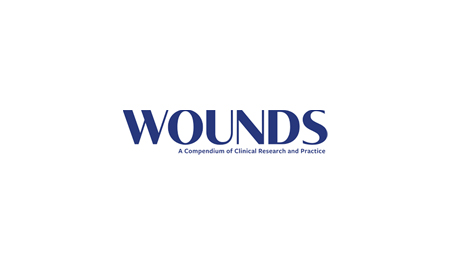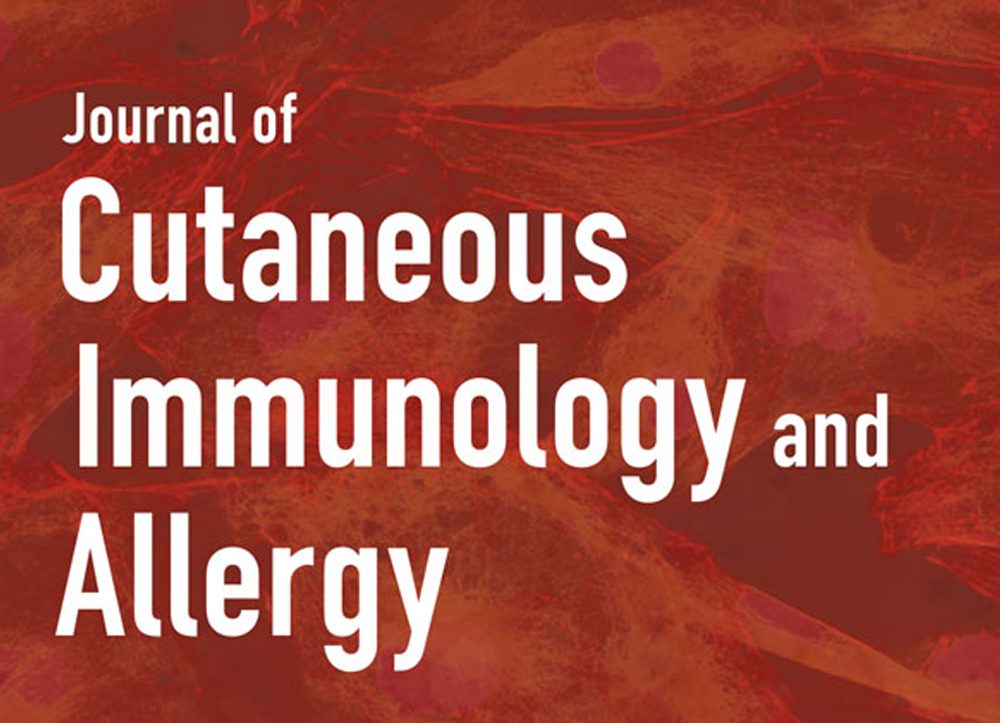Abstract
MolecuLight i:X is a non-invasive, portable device that captures images, measures wound areas, and allows the evaluation of the bacterial environment in real time. The aim of the study was to correlate the different fluorescence (light green, red, cyan) and dark red–purple–black color areas with average pH values in these areas and with average wound bed score (WBS). During a 4-week period, we enrolled 43 adult patients (23 females and 20 males) with clinically infected and uninfected chronic ulcers. In our study, the mean age was 68 years old. The etiologies were 21 venous ulcers, 3 arterial ulcers, 4 vasculitis, 7 pyoderma gangrenosum, 7 traumatic ulcers, and 1 neoplastic ulcer. The average area was 16.92 cm2 and the average WBS was 9.17. A total of 16 ulcers (37%) were positive for clinical signs and symptoms of infection and 27 ulcers were negative (63%). Thirty-six ulcers emitted a single fluorescence: cyan (n = 13), red (n = 1), light green (n = 14), and dark red-purple–black (n = 8). Six wounds showed a double fluorescence area: red and cyan (n =1) and cyan and light green (n= 5). One ulcer emitted a triple fluorescence area: red, cyan, and light green. Overall in 43 ulcers, we found 43 fluorescence and 8 dark red–purple–black color. We found significant data between pH and fluorescence. pH values on wound bed confirm in a non-invasive way the correlation between fluorescence and bacterial burden. Moreover, MolecuLight i:X is able to detect objectively the bacterial proliferation, in contrast with pH which cannot distinguish different types of bacteria.
















